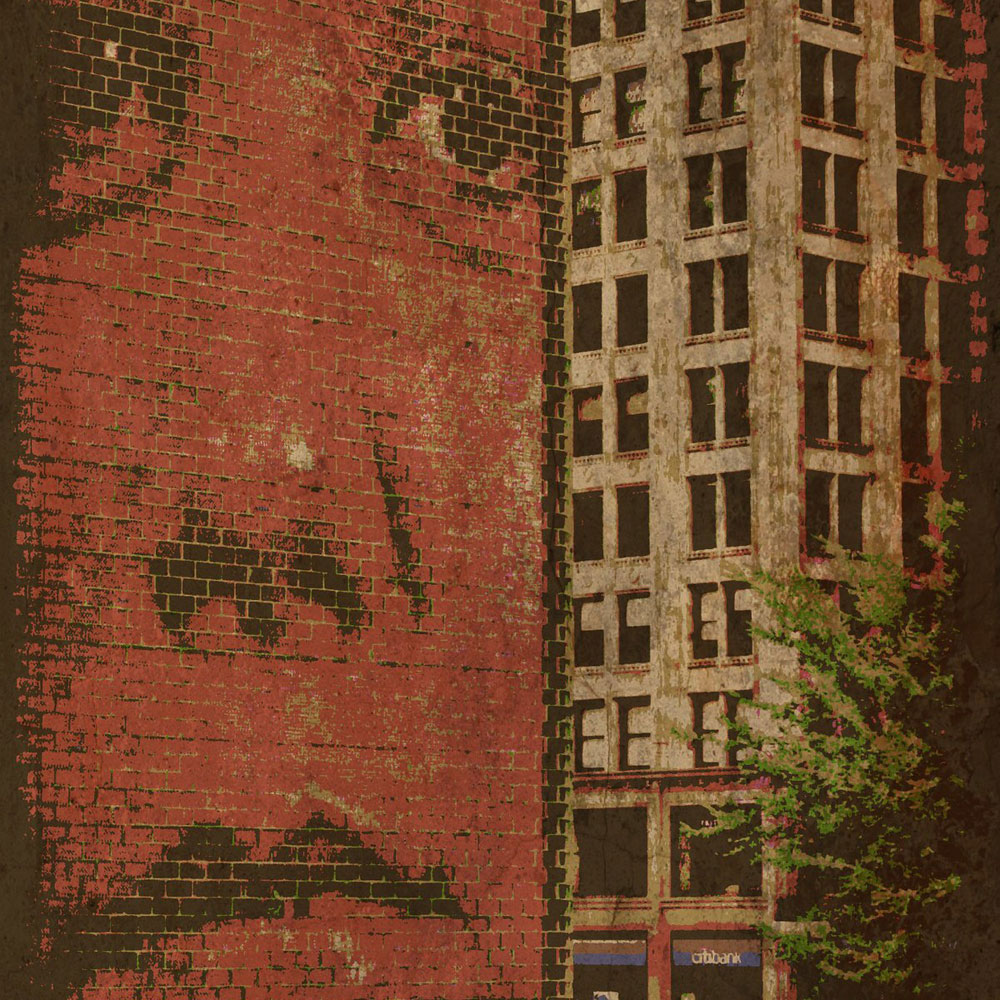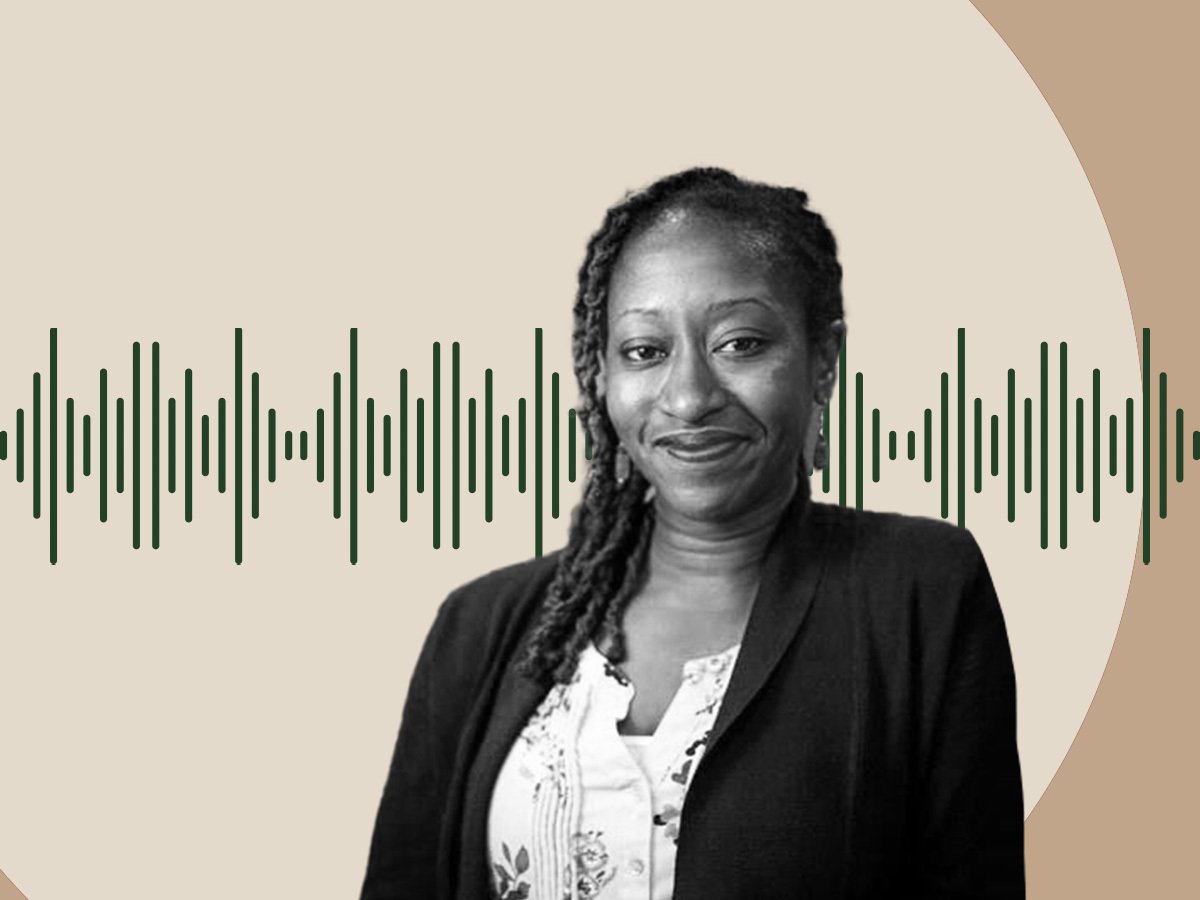
“Real estate is a defining issue of America,” noted Avery Ebron, who directs operations at The Guild in Atlanta. Ebron made those remarks at a press briefing last month at the release of the Inclusive Capital Collective (ICC)’s first “black paper,” titled Building Community Wealth: Shifting Power and Capital in Real Estate Finance. Ebron coauthors that paper, along with The Guild’s CEO, Nikishka Iyengar, and Chicago Trend CEO Lyneir Richardson. The report provides an important framework for not only identifying how structural racism disadvantages real estate development by and for BIPOC communities, but also identifying specific changes that could greatly reduce those barriers.
ICC defines itself as a “growing network of community fund managers and entrepreneur support organizations who have been designing and developing shared technical and financial infrastructure for aggregating and deploying financial capital and other resources to entrepreneurs and communities of color in the US.” Founded in the fall of 2019 at a gathering in Denver, the group is being incubated by Zebras Unite Cooperative, which formed in 2015 and seeks to promote capital access for socially minded businesses, especially businesses owned by women and people of color.
Often, discussion of real estate focuses on residential property and the gap between Black and white rates of homeownership. Here, however, the focus is less on residential real estate and more about the actual business of real estate development. As Amanda Abrams wrote in the New York Times earlier this year, “Commercial real estate remains a field in which the vast majority of developers are white.” Abrams noted that a 2013 industry survey found that only 4.4 percent of commercial real estate professionals were Black. A more recent 2020 survey from the Urban Land Institute finds that only five percent of its members were Black, while 82 percent were white.
In their paper, the authors note that, “Current community development practices and institutions tend to focus on outputs (notably affordable housing units) over outcomes that create structural change.” In their report, Iyengar and her coauthors contend that a commercial real estate industry in which Black and other real estate entrepreneurs of color played a larger role would not simply be more diverse and inclusive but would place the goal of community wealth building at its center. A “community centered” real estate market would, according to the authors:
- Prioritize affordable operating space for local BIPOC-owned business
- Be more democratic and involve community organizers, small business owners, and residents in the development process
- Focus on providing space for key community goods, such as groceries and community meeting space
- Use infill development to support affordable rental and homeownership that stabilizes existing BIPOC neighborhoods
- Create opportunities for Black, Indigenous, and other residents of color to have an ownership interest in commercial real estate
- Better link residents and businesses to public resources such as technical assistance, financial literacy programming, and business grants
Redesigning Real Estate for Equity
An important contribution of the report is that it provides a thoughtful list of both obstacles to equitable real estate development and potential solutions. As Joe Neri, CEO of IFF, a leading Chicago-based community development financial institution (CDFI), has explained, one of the many ways structural racism impacts real estate is that appraisals in BIPOC neighborhoods are lower than in white neighborhoods, making it harder to finance projects (since loans max out at a percentage of appraised value), requiring a developer to raise more cash.
Sign up for our free newsletters
Subscribe to NPQ's newsletters to have our top stories delivered directly to your inbox.
By signing up, you agree to our privacy policy and terms of use, and to receive messages from NPQ and our partners.
As Neri put it, “Old government-sanctioned bank regulations drove down the property/land value for decades, and now current bank regulations prevent investment in those areas where appraised-values are low.” Building on Neri, the ICC report calls for “income-based lending” (i.e., lending based on a percentage of income the project is expected to generate), which is forward-looking, rather than appraisals, which bake in past discrimination.
The authors describe specific loan products that could bring down the cost of financing for BIPOC real estate developers. This includes “patient equity,” which the report authors define as having long time horizons (e.g., 10 years), low interest rates (zero to five percent), and provisions that protect development projects from early costs (such as having interest-only payments for the first 12 to 24 months of the loan). Foundations, the authors indicate, would be the likely providers of such financing, and this funding might be five percent of the project’s value. Another 20 percent of the financing structure could be “friendly debt,” such as low-interest loans from CDFIs. The remaining 75 percent could be standard bank loans. In other words, while the need for philanthropic support is clear, the report also shows how limited philanthropic dollars can leverage more standard commercial financing.
The authors also describe additional steps to overcome barriers—for example, easier access to lines of credit, reduction of zoning restrictions, loan guarantees (perhaps provided by CDFIs or foundations) to reduce interest costs, and partnerships with public land banks to help BIPOC real estate developers obtain low-cost land.
In the report’s conclusion, the authors note that “there are an abundance of Black developers creating equitable and contextualized real estate solutions for their communities—transforming the way real estate development is done and turning it into a vector for wealth creations for all Americans.” In the report’s appendices, the authors document this through case studies of BIPOC-led real estate ventures in four cities—Philadelphia, Chicago, Atlanta, and Florida’s Fort Myers.
At the report launch, Kevin Williams, a member of the Black Squirrel Collective in Philadelphia, spoke to the urgency of the work. “You see a lot of studies and research being done about the plight of minorities in America,” Williams observed. “But you don’t see any follow-up. Somebody writes a paper and says Black people are poor. Yeah, we know that. But has anyone done a follow-up to see what has been done to address that problem?… We need to continue to be vocal…and we have to continue to drive the point that equity has to occur.”












